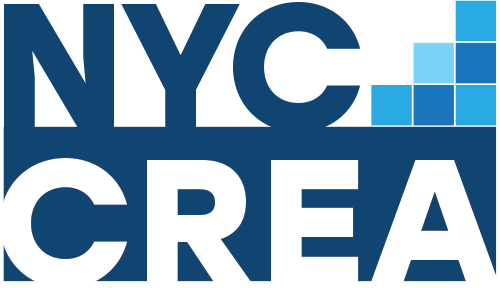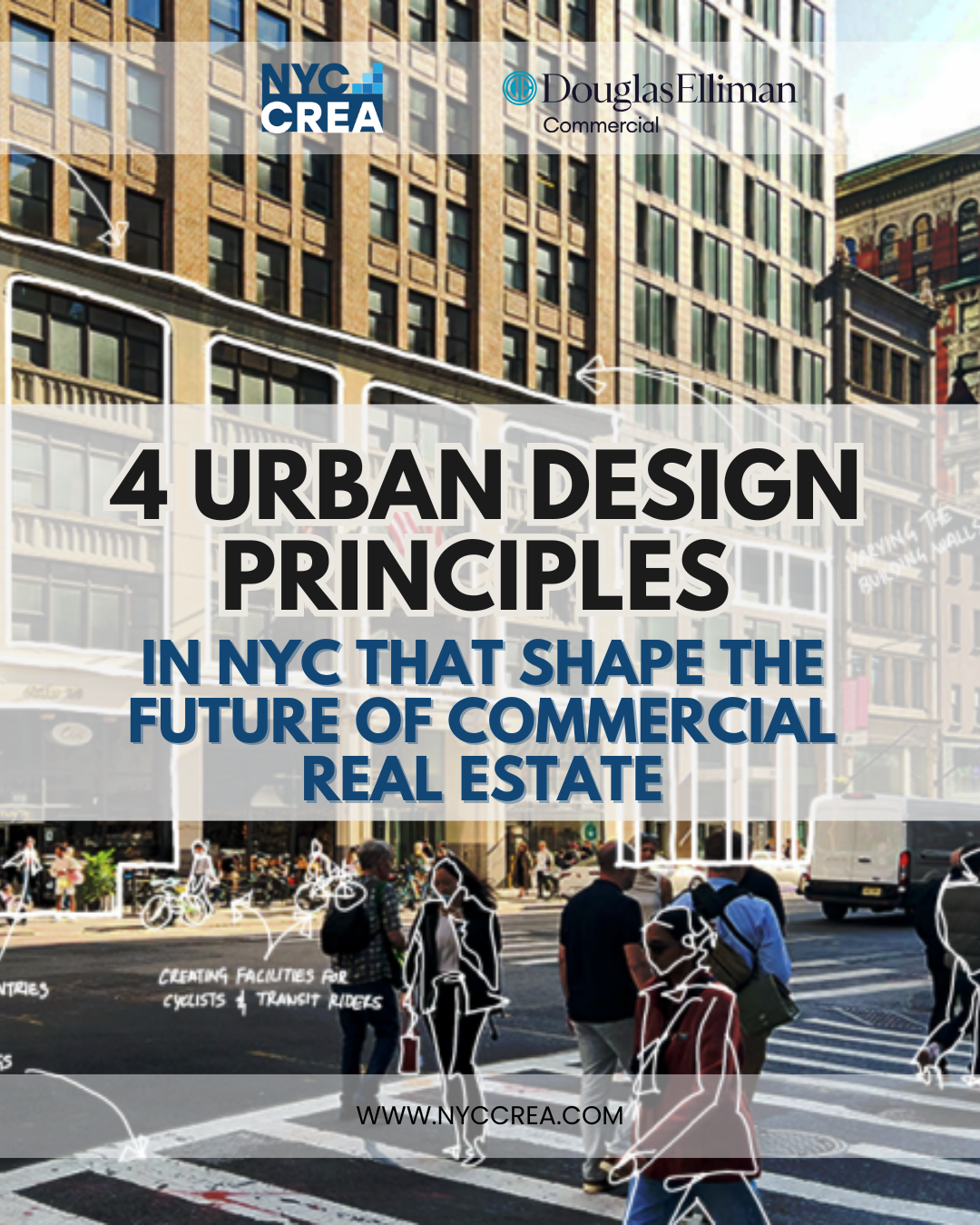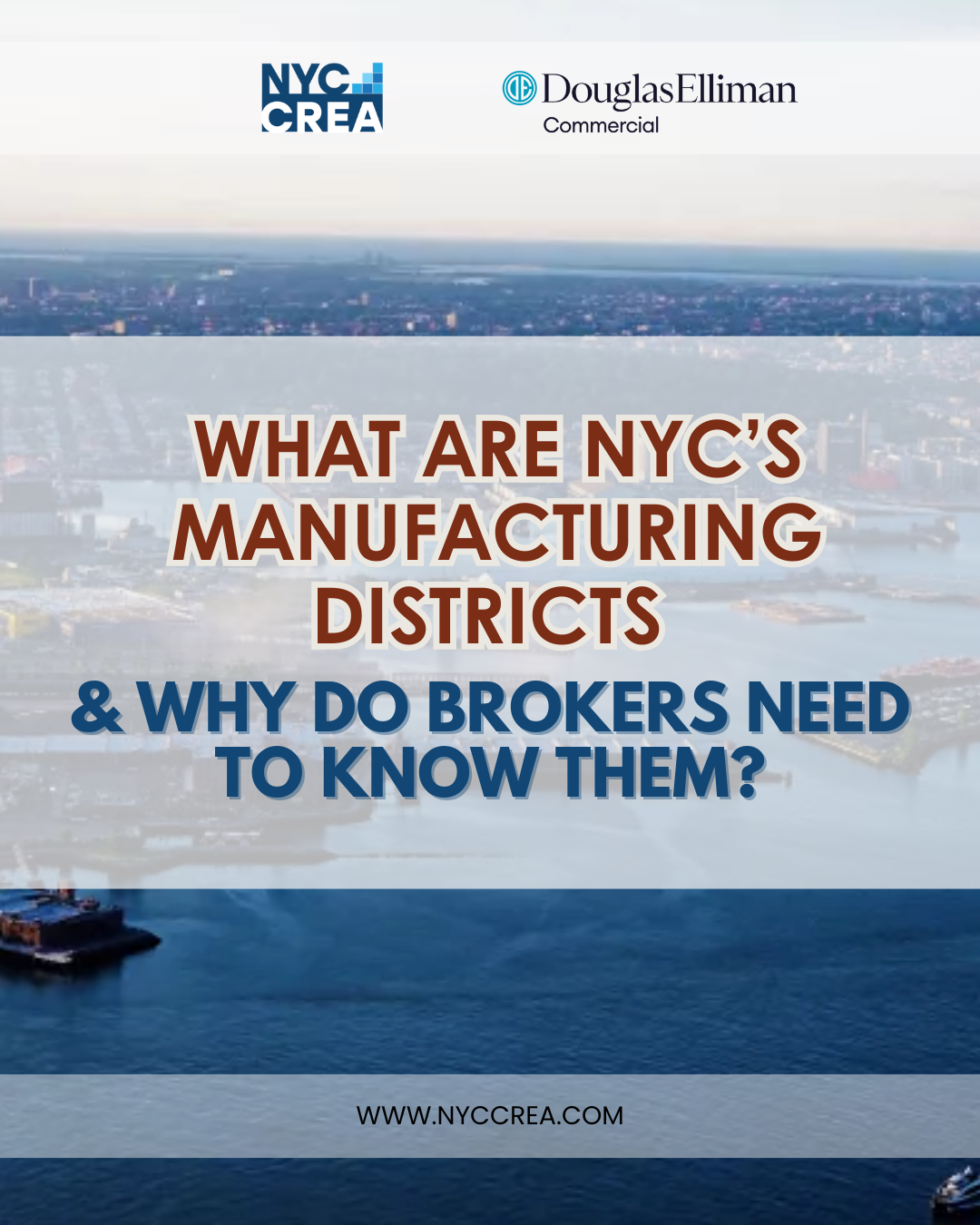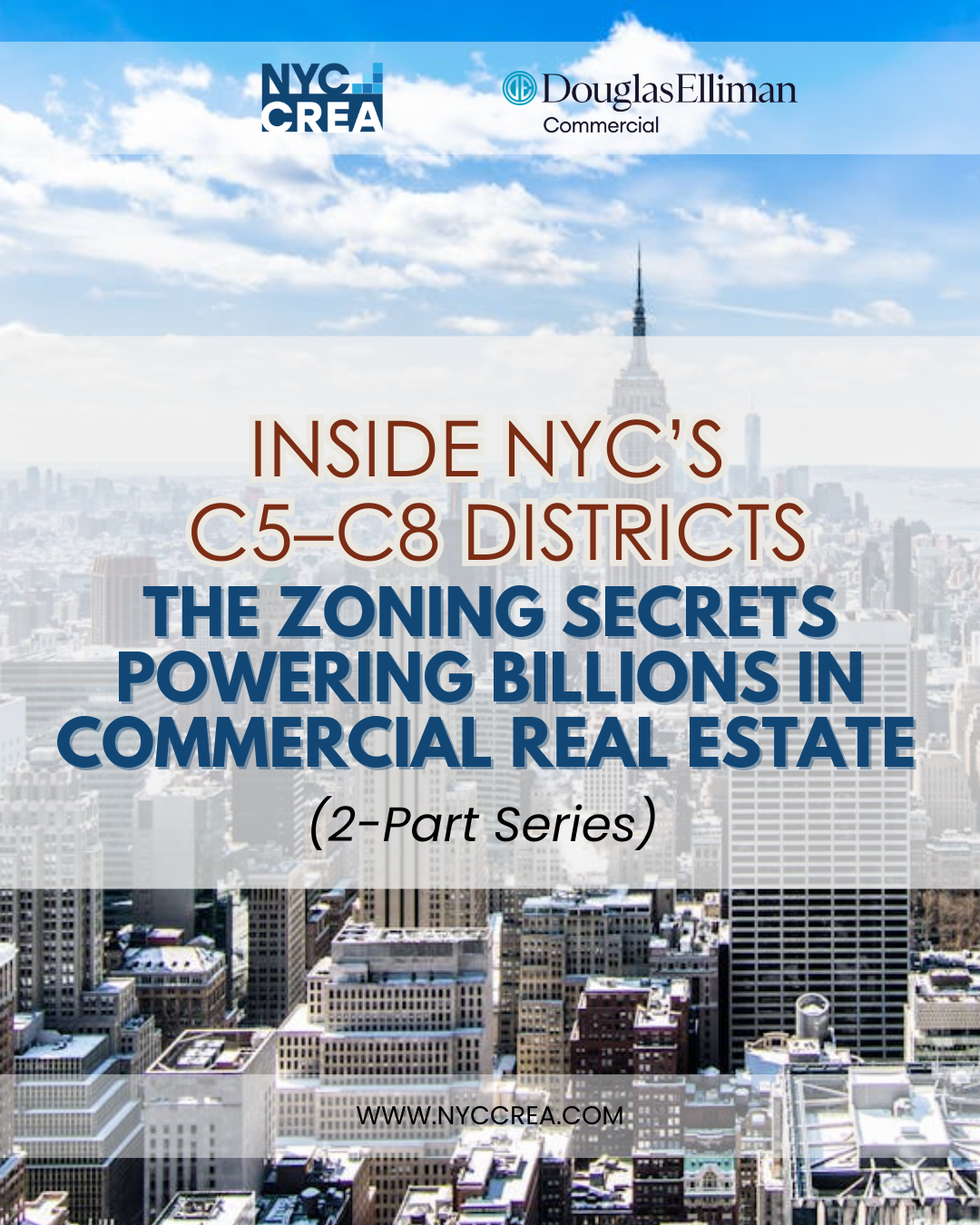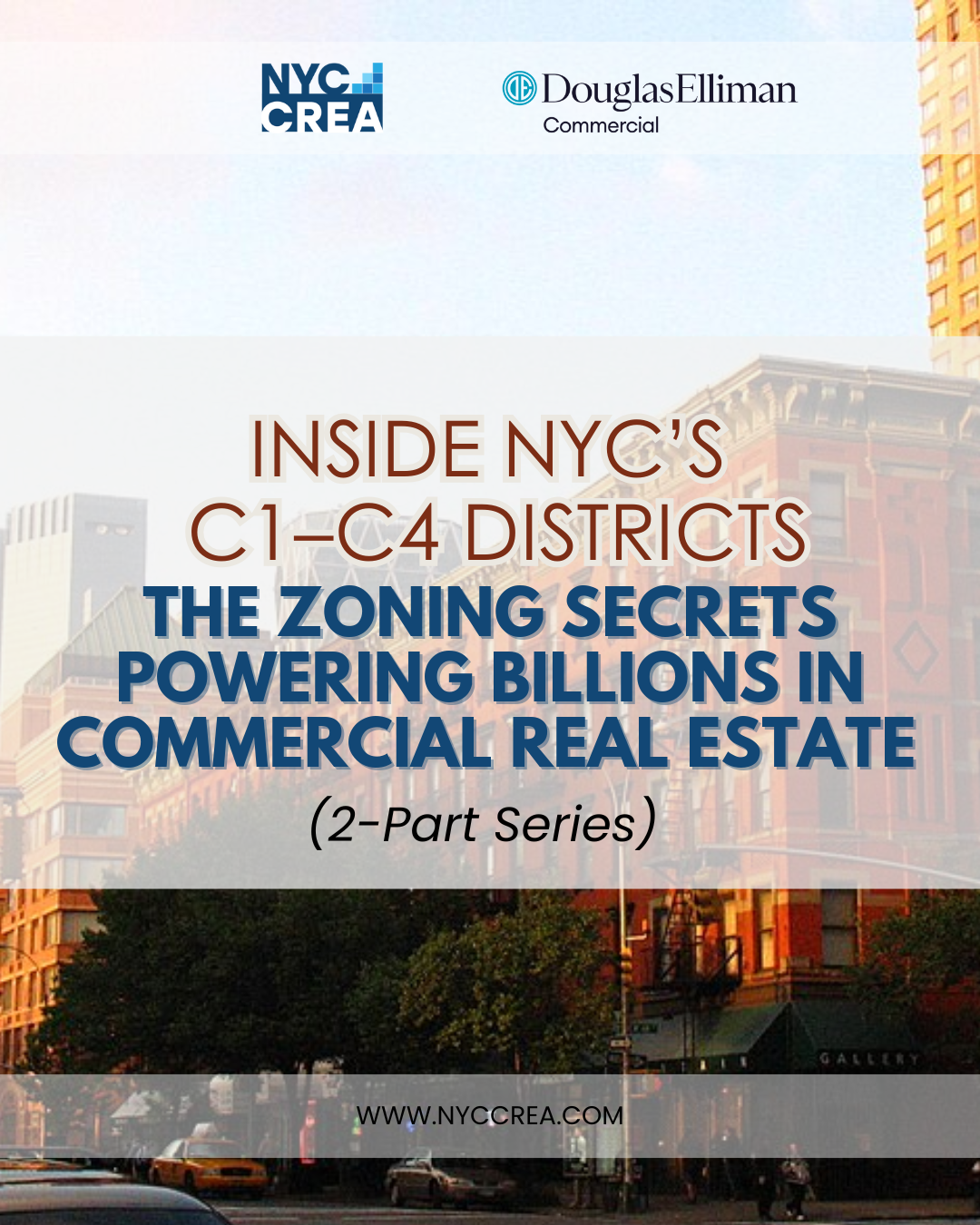March 5, 2025
- Initial data indicates a 7.5% decrease in vehicles entering Manhattan’s central business district during the first week of congestion pricing implementation.
- The Metropolitan Transportation Authority (MTA) reported a 7.3% increase in transit ridership within the congestion zone during the first month.
- Policy opponents voiced out concerns on equity, traffic diversion, and impact on businesses.
On January 5, 2025, New York City embarked on a landmark initiative to alleviate chronic traffic congestion and enhance urban mobility by implementing a congestion pricing system. During peak hours (5am-9pm weekdays, 9am-9pm weekends), passenger cars pay a $9 congestion fee, but E-ZPass users receive a $3 credit when entering via the Lincoln or Holland Tunnels, and a $1.50 credit each way ($3 round trip) for the Hugh L. Carey and Queens-Midtown Tunnels; importantly, this fee is a single daily charge, allowing re-entry without further cost. According to CBRE’s Manhattan Congestion Pricing brief, the program positions New York alongside global cities like Singapore, London, and Stockholm, which have successfully adopted similar measures to manage urban traffic woes.
The decision to implement congestion pricing followed years of debate, legal challenges, and policy deliberations. Proponents argue that it addresses the pressing issues of gridlock and environmental degradation, while opponents raise concerns about economic impacts and equity. As the program unfolds, its effects on traffic patterns, public transit usage, and the urban environment are being closely monitored to assess its efficacy and inform future urban planning initiatives.

From Decongestion to Experience
Traffic Decongestion
The primary objective of congestion pricing is to reduce vehicular traffic in Manhattan’s most congested areas. Initial data suggests a 7.5% decrease in vehicles entering the central business district during the first week of implementation.
This reduction translates to approximately 43,000 fewer vehicles daily, easing gridlock and enhancing the overall flow of traffic. Notably, travel times across major river crossings, such as the George Washington Bridge, Lincoln Tunnel, and Holland Tunnel, improved by an average of 34%, benefiting both personal and commercial transportation.
Environmental Benefits
By curbing the number of vehicles in densely populated areas, congestion pricing contributes to improved air quality. The reduction in traffic leads to lower emissions of pollutants such as nitrogen oxides and particulate matter, which are linked to respiratory ailments and environmental degradation. Enhanced air quality not only promotes public health but also aligns with broader sustainability goals, positioning New York City as a leader in environmental stewardship.
Public Transit Enhancement
Revenue generated from congestion tolls is earmarked for significant improvements to the city’s public transportation infrastructure. The MTA anticipates raising $15 billion over the next six years, with 80% allocated to New York City’s bus and subway networks, and the remaining 20% divided between the Long Island Rail Road and Metro-North Railroad. These funds are slated for procuring new trains and buses, rehabilitating aging stations, and implementing accessibility upgrades, thereby enhancing the rider experience and encouraging a shift from private car usage to public transit.

Challenges on Finance, Business
Equity Concerns
Critics argue that congestion pricing disproportionately affects lower-income individuals who rely on personal vehicles for commuting, particularly those residing in areas with limited public transit options. Suburban residents and public sector workers have voiced concerns about the financial burden imposed by the tolls, suggesting that it may exacerbate existing socio-economic disparities. Addressing these equity issues requires careful consideration and the development of mitigation strategies, such as improved transit services in underserved areas and targeted subsidies.
Traffic Diversion
There is apprehension that congestion pricing may lead to increased traffic in neighborhoods bordering the congestion zone, as drivers seek alternative routes to avoid tolls. Communities in the Bronx and parts of New Jersey have reported upticks in traffic volume and associated air pollution, raising environmental justice concerns. Continuous monitoring and adaptive traffic management strategies are essential to mitigate these unintended consequences and ensure that the benefits of congestion pricing are equitably distributed.
Economic Impacts on Businesses
Some business owners within the congestion zone fear that reduced vehicular access may deter customers, potentially leading to decreased revenue. This concern is particularly pronounced among establishments that rely on deliveries and clientele from outside Manhattan. Balancing the economic vitality of local businesses with the goals of congestion reduction necessitates collaborative efforts, such as flexible delivery schedules and incentives for customers using public transit.

Implications for 2025 and Beyond
As New York City’s congestion pricing program progresses through 2025, its initial outcomes offer valuable insights into urban traffic management. The observed reductions in traffic volume and improvements in travel times underscore the potential of congestion pricing to enhance urban mobility and environmental quality. However, the challenges related to equity, traffic diversion, and economic impacts highlight the need for ongoing assessment and responsive policy adjustments.
Despite facing lawsuits from various jurisdictions citing unfair financial burdens and despite a disapproving presidential administration, the congestion tolling initiative has overcome significant hurdles, offering hope for eventual implementation and the potential for improved traffic flow and air quality. By investing in public transit enhancements, addressing equity considerations, and engaging with affected communities, New York City can refine its congestion pricing model to serve as a blueprint for other metropolitan areas grappling with similar challenges. The experiences of 2025 will undoubtedly inform the evolution of urban mobility strategies, contributing to more sustainable and livable cities in the future. (NYCCREA)
Reference:
Manhattan Congestion Pricing Took Effect on January 5: What You Need to Know, CBRE
